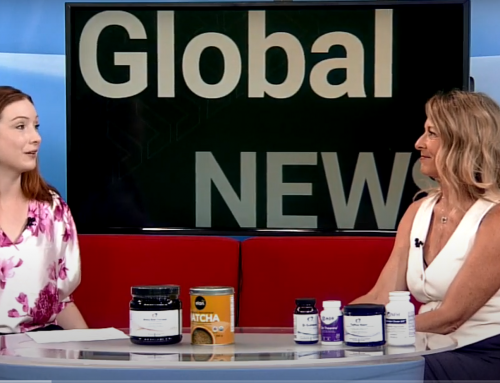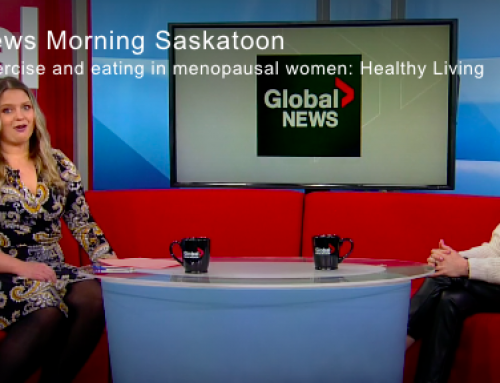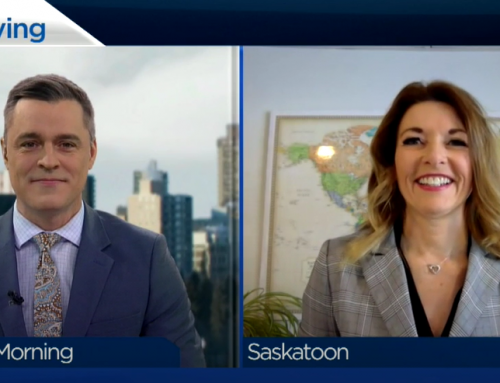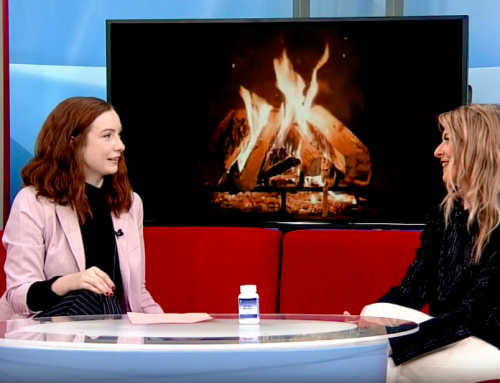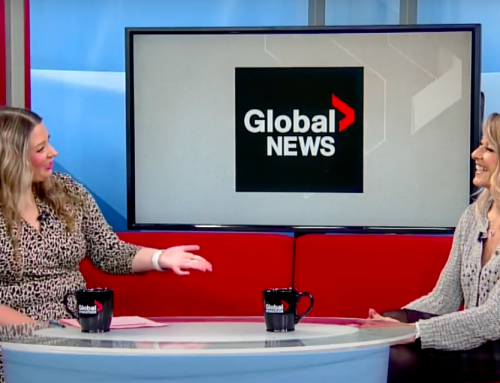Interview with Dr. Jacqui Fleury, ND and Darshel Diaz, DOMP, DScO
Our feet play a major role in our everyday lives; they support us, assist in the maintenance of our balance, and contribute to how we walk/run/jump/skip. There are 26 bones, 33 joints, and over 100 muscles, tendons and ligaments that make up our foot and ankle joint. It’s rare to find both feet on a person to be the exact same, and there are approximately 250,000 sweat glands and 8,000 nerves in our feet.
The first in a series of informational videos, Jacqui Fleury and Osteopathic Manual Practitioner Darshel Diaz sat down to discuss the importance of our feet.
Keep reading to see an exerpt of the interview. To see the full interview, check out our video linked above.
Dr. Fleury: Hello from True Potential Health Services. I’m Jacqui Fleury, and I am here with Darshel Diaz, who is our Osteopathic Manual Practitioner. Today we’re going to talk about the foot. I am curious to know, what is it about the foot that you see so much of?
Diaz: Our feet are amazing! The foot is such a dynamic structure; it is responsible for weight-bearing. Our arches are meant to absorb shock and transfer energy, therefore people with flat feet might have a little more difficulty doing that.
When we are walking, the moment our heel makes contact with the ground, it receives ground reaction forces. These ground reaction forces are referring to Newton’s 3rd law of motion, because each time our foot hits the ground while we are walking, running or standing, a force that is produced from the ground is transferred up, which can impact how we walk, run and stand. It will also impact how that force is transferred up through our ankles, knees, and hips.
So our body needs to be able to adapt and compensate to the force that is coming from the ground and into our feet. If our body has a hard time adapting to all of these different forces, then we can start feeling discomfort in various parts of our body.
Dr. Fleury: That is very interesting!
Diaz: We look at gait biomechanics as well. When we are walking, we want to have dissociation between our thoracic cage and our pelvis. We also want to see that arm swing; thus, when we are analyzing someone’s gait pattern, we are looking to make sure that every structure is working in cohesion, and it really begins with the feet.
Dr. Fleury: If a person is flat-footed, what might they be experiencing? Would they necessarily feel it in the foot or are they going to notice it in their hip?
Diaz: They can experience pain in their feet, but they don’t have to. They can also experience discomfort in their ankles, knee pain or knee weakness, as well as hip discomfort, because it can cause a misalignment in their legs.
Dr. Fleury: That is interesting! Does having a bunion have anything to do with being flat-footed?
Diaz: Ideally, we would like the weight in our feet to be evenly distributed at the base of our big toe, our 5th toe, and at our heel. Our big toe and little toe help stabilize our forefoot, while our heel supports most of our body weight. But, sometimes that doesn’t happen, and we have areas in our feet absorbing more force than they should be, which can cause pain and discomfort. Thus, with flat feet, the arch has collapsed, or it was not properly developed, therefore more pressure is placed on the joint of the big toe, which can lead to the formation of a bunion.
Dr. Fleury: That is fascinating! The exciting thing about the work that Darshel does is that she is looking at the body in its totality.
This is the first in a series of informational videos that we will be producing, so that you can get to know Darshel before you come in and meet her at the clinic. It also gives you an opportunity to understand a little bit more about osteopathy. Darshel is at the clinic one week a month. Join us next time when we talk about lower back pain.
Scroll up or click here to watch the full interview.
Click here to learn more about Darshel.
Click the button below to book your appointment.
References
Kitaoka, B. H., Crevoisier, M. X., Hansen, D., Katajarvi, B., Harbst, K. & Kaufman, R. K. (2006). Foot and ankle kinematics and ground reaction forces during ambulation. Foot Ankle Int. 27(10) 808-813.
Nester, J. C., Jarvis, L. H., Jones, K. R., Bowden, D. P. & Liu, A. (2014). Movement of the human foot in 100 pain free individuals aged 18–45: implications for understanding normal foot function. Journal of Foot and Ankle Research, 7(51) 1-10.


